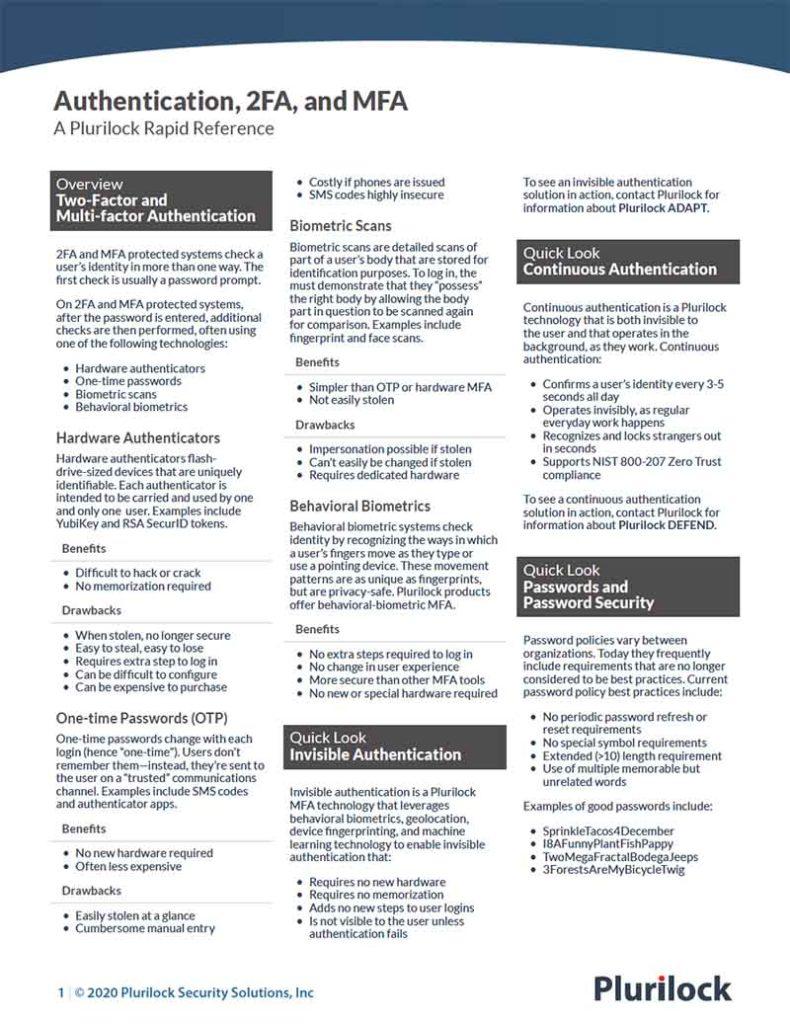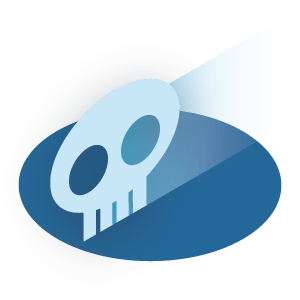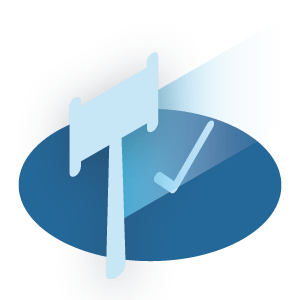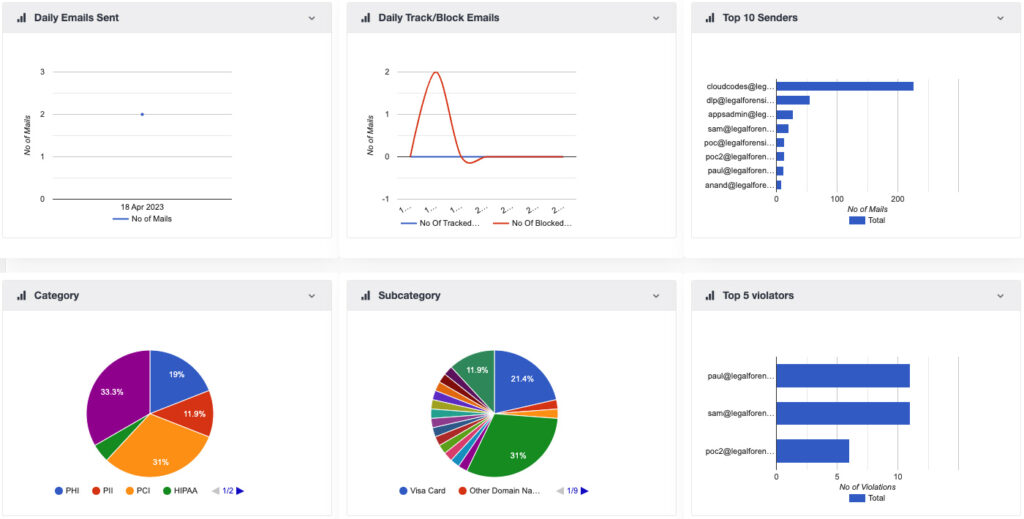Cybersecurity Reference > Glossary
Trojan Horse
A Trojan Horse is a malware attack in which users are fooled into installing malicious code on a computing system.
Named from the Trojan War story of Greek subterfuge, trojan horse attacks often involve software, code, or links that claim to offer desired functionality to a user but that also carry hidden software that performs illicit activity once installed.
Two forms of trojan horse software include ransomware, which locks a workstation and its data until a ransom is paid, and remote access trojans (RATs), which hide in the background to enable a remote attacker to easily take control of a workstation over the Internet. Another common form may capture a user's keystrokes, including usernames, passwords, and account data, and send these to a third party.

2FA/MFA Rapid Reference
Authentication at a glance
Download the 2FA/MFA Rapid Reference now:
- 2FA and MFA basics and common solutions
- The benefits and drawbacks of each
- Glossary of authentication terms
2FA/MFA Rapid Reference
- 2FA and MFA basics and common solutions
- The benefits and drawbacks of each
- Glossary of authentication terms















